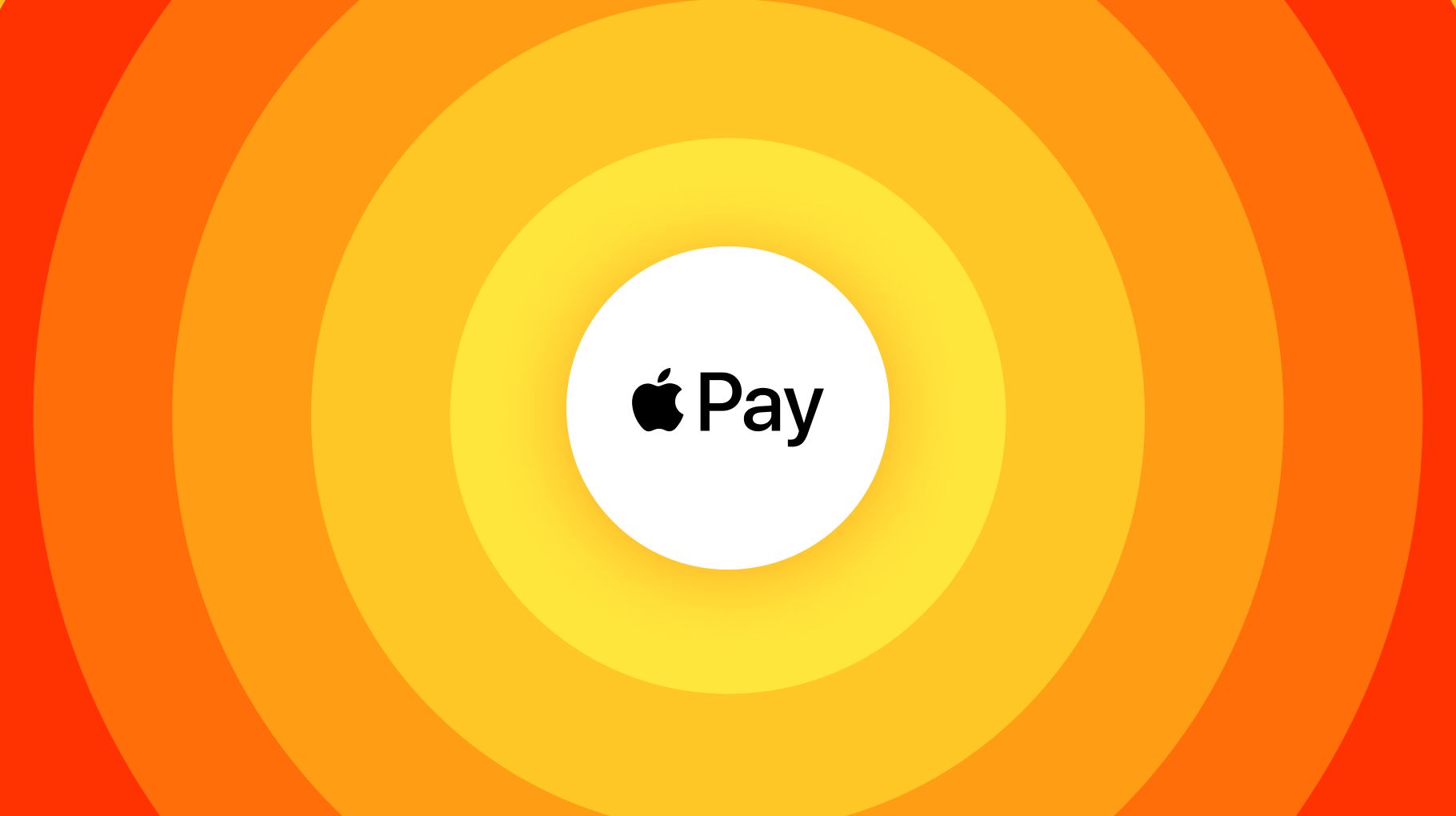Apple Pay Revenue and Growth Statistics (2024)

Some amazing facts about Apple Pay
- Apple Pay’s revenue grew significantly from $1 billion in 2021 to $1.9 billion in 2022
- Apple Pay is currently available in 76 countries worldwide
- Apple Pay’s user base grew from 521.4 million to 535.8 million users in 2022
- Apple Pay dominates the US digital banking industry with a 92% market share
- According to recent data, Apple Pay processes around $6 trillion in transactions annually.
Apple Pay Overview
Apple Pay at a glance
Apple Pay is a mobile payment and digital wallet service by Apple Inc., available on iPhone, iPad, and Apple Watch. It’s popular worldwide, thanks to Apple’s investment in developing a secure and user-friendly payment system that leverages NFC technology.
Apple built partnerships with major banks, credit card issuers, and payment processors to integrate payment systems with Apple Pay.
Apple Pay generates revenue through transaction fees charged to merchants and interest earned on funds held in Apple Pay Cash accounts. It earned $1.9 billion in revenue in 2022, and is expected to reach $4 billion by 2023. Apple Pay charges financial institutions fees to participate in its network and earns a percentage of the transaction value paid by the card-issuing bank.
It also earns revenue from in-app purchases and the Apple Card, a credit card that generates revenue through interest, interchange fees, and late fees.
Apple Pay has 507 million users in 76 countries worldwide, showcasing Apple’s commitment to providing its innovative payment service.
Apple Pay Revenue
Apple Pay has been growing steadily since its launch in 2014.
The revenue earned by Apple Pay has been increasing each year. In 2019, the company generated $998 million in revenue, which increased to $1.05 billion in 2020.
In 2021, Apple Pay revenue amounted to $1 billion. Fast forward to 2022, its revenue more than doubled to $1.9 billion, showcasing its impressive growth trajectory.
This growth in revenue can be attributed to the increasing popularity of Apple Pay as more users switch to mobile payments. Overall, the revenue figures indicate that Apple Pay has been successful and is likely to continue to grow in the coming years.
How Does Apple Pay Make Money?
Apple Pay makes money by charging financial institutions a fee to be part of its network. When a user pays with Apple Pay, it takes a small percentage of the transaction value, paid by the card issuer.
Developers also pay a fee for in-app purchases made through the service. Apple Pay offers the Apple Card, which generates revenue through interest, interchange fees, and late fees.
Source: Apple Pay, Time
In which countries is Apple Pay available?
Apple Pay is currently available in 76 countries worldwide, including the United States, Canada, South Africa, Australia, China mainland*, Hong Kong, Japan, Macao, Malaysia, New Zealand, Singapore, South Korea, Taiwan, Armenia, Austria, Azerbaijan, Belarus, Belgium, Bulgaria, Croatia, Cyprus, Czech Republic, Denmark, Estonia, Faroe Islands, Finland, France, Georgia, Germany, Greece, Greenland, Guernsey, Hungary, Iceland, Ireland, Isle of Man, Italy, Kazakhstan, Jersey, Latvia, Liechtenstein, Lithuania, Luxembourg, Malta, Moldova, Monaco, Montenegro, Netherlands, Norway, Poland, Portugal, Romania, San Marino, Serbia, Slovakia, Slovenia, Spain, Sweden, Switzerland, Ukraine, United Kingdom, Vatican City, Argentina, Colombia, Costa Rica, Brazil, Mexico, Peru, Bahrain, Israel, Jordan, Kuwait, Palestine, Qatar, Saudi Arabia, and United Arab Emirates.
Source: Apple
How many Apple Pay users are there?
As of 2020, there were 507 million users, a significant increase from the 441 million users in 2019. In 2018, there were 292 million users, while in 2017 saw 137 million users, and in 2016, there were 67 million users.
Apple Pay’s user base grew significantly from 521.4 million in 2021 to 535.8 million users in 2022.
This indicates that Apple Pay has continued to gain popularity and attract more users each year.
Source: Statista, Tech Crunch
Apple Pay usage by country
The top five countries with the highest percentage of in-store users are France (62%), Canada (55%), the United States (53%), Australia (50%), and the Netherlands (44%). Meanwhile, the top five countries with the highest percentage of online users are China (20%), Russia (24%), Canada (25%), France (18%), and the Netherlands (22%).
It’s worth noting that some countries have a relatively low adoption rate of Apple Pay, such as Brazil (12%) and Spain (0%) for in-store purchases, and Brazil (9%) and Italy (11%) for online transactions. However, the percentage of Apple Pay users in each country is subject to change over time, as the adoption of mobile payments continues to grow globally.
Overall, Apple Pay is available in over 76 countries worldwide, and the percentage of user usage varies depending on the country and the type of transaction.
Source: Statista
Overview of Apple Pay Usage in the US
How strong is Apple Pay market position in US digital banking?
As of 2020, Apple Pay had a market share of 92% in US digital banking, making it the dominant payment processor in the industry. In comparison, Samsung Pay had a market share of 5% and Google Pay had a market share of 3%.
This demonstrates Apple Pay’s strong market position in the US digital banking industry and its continued growth in popularity among users.
Source: Statista
What is the number of transactions made in the US using Apple Pay?
According to recent data, Apple Pay processes around $6 trillion in transactions annually.
Source: AI
How many users are actively using Apple Pay for transactions?
As of 2020, Apple Pay has more than 507 million users worldwide, with an increase of 66 million new users compared to 2019.
Source: Statista
Apple Pay usage by iPhone users
Over the years, there has been a steady increase in the number of iPhone users who utilize Apple Pay. In 2019, 48% of iPhone users used the service, compared to 33% in 2018. The percentage of iPhone users utilizing Apple Pay in 2017 was 17%, while in 2016 it was merely 9%.
This indicates that Apple Pay has continued to gain popularity and attract an increasing number of iPhone users each year.
Source: Statista
Who are Apple Pay users? (users demography)
Apple Pay is used by a wide range of age groups, with different levels of awareness and usage of the service.
According to a survey conducted in the US, 91% of Millennials and Generation X are aware of Apple Pay, while 83% of Boomers and 78% of Retirees have heard of the service. Of these groups, the highest usage of Apple Pay is among Millennials, with 25% having used the service. In comparison, only 3% of Boomers and 2% of Retirees have used Apple Pay.
This suggests that while awareness of Apple Pay is high across different age groups, there are differences in the adoption of the service, with younger generations being more likely to use the service for payments.
Source: Statista
Apple Pay Review
According to a recent survey conducted in the US, 50% of the respondents reported using Apple Pay in a store or restaurant from 2020 to 2021. Additionally, 20% of the participants mentioned using this payment option for online shopping.
Source: Statista
Who created Apple Pay?
Apple Pay was not created by one person, but rather it was developed by a group of engineers and executives at Apple Inc. under the guidance of CEO Tim Cook.
However, the initial idea for the service can be traced back to the work of former Apple executive Eddy Cue, who played a crucial role in developing the company’s digital media strategy and expanding its online services.
What other products does Apple Pay offer to customers?
- Contactless payments: Apple Pay allows users to make contactless payments using their Apple devices at millions of merchants worldwide that accept contactless payments.
- In-app purchases: Users can use Apple Pay to make purchases within supported apps on their devices.
- Person-to-person payments: Apple Pay allows users to send and receive money from other Apple Pay users through the Messages app.
- Apple Cash: Users can store funds in their Apple Cash account and use them to make purchases, transfer money to other Apple Pay users, or transfer funds to their bank account.
- Loyalty and rewards programs: Apple Pay allows users to store and redeem loyalty cards and rewards points from participating merchants.
Source: Apple








